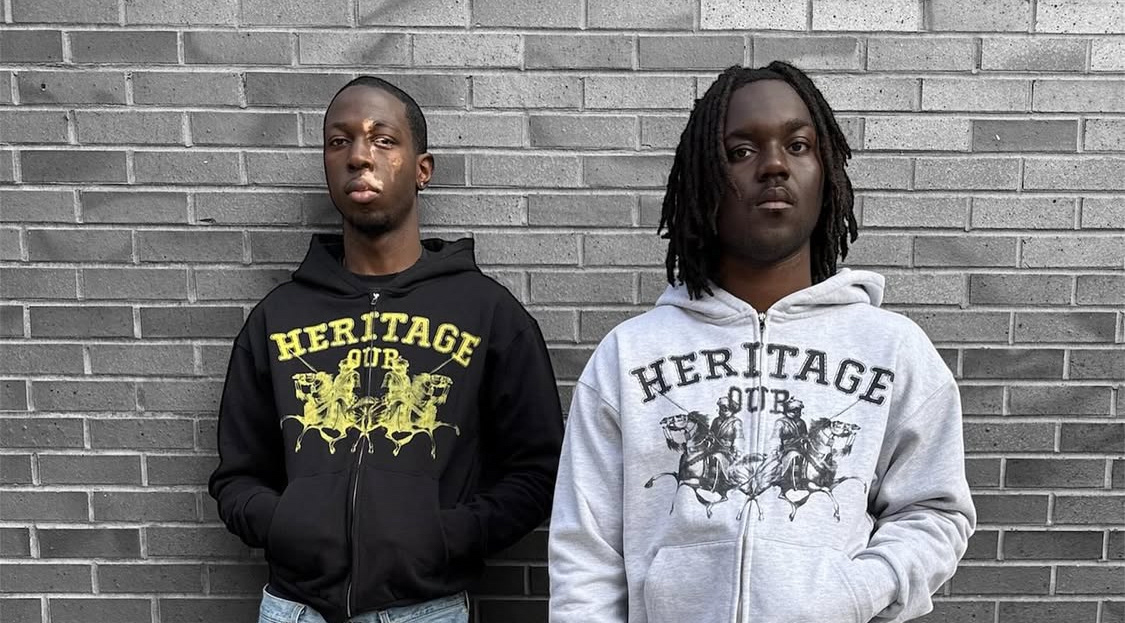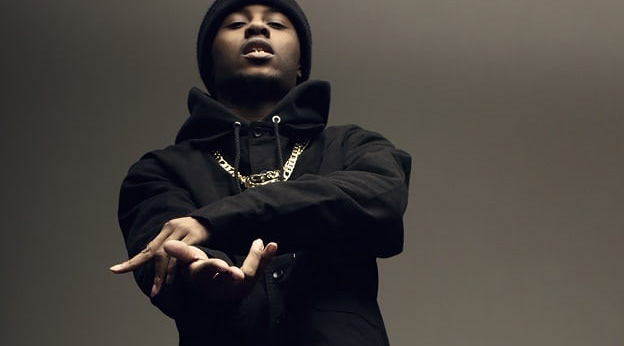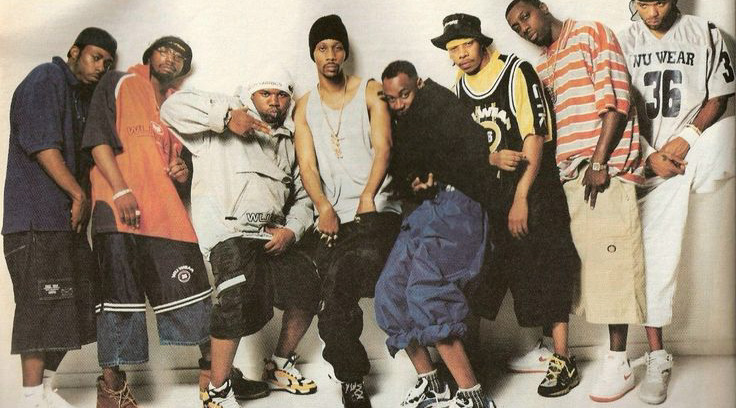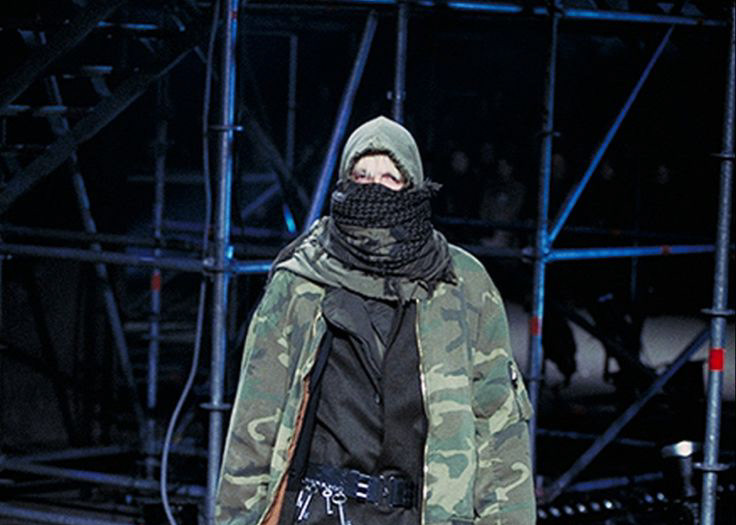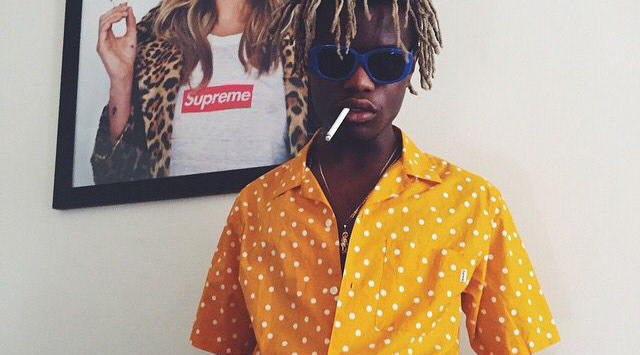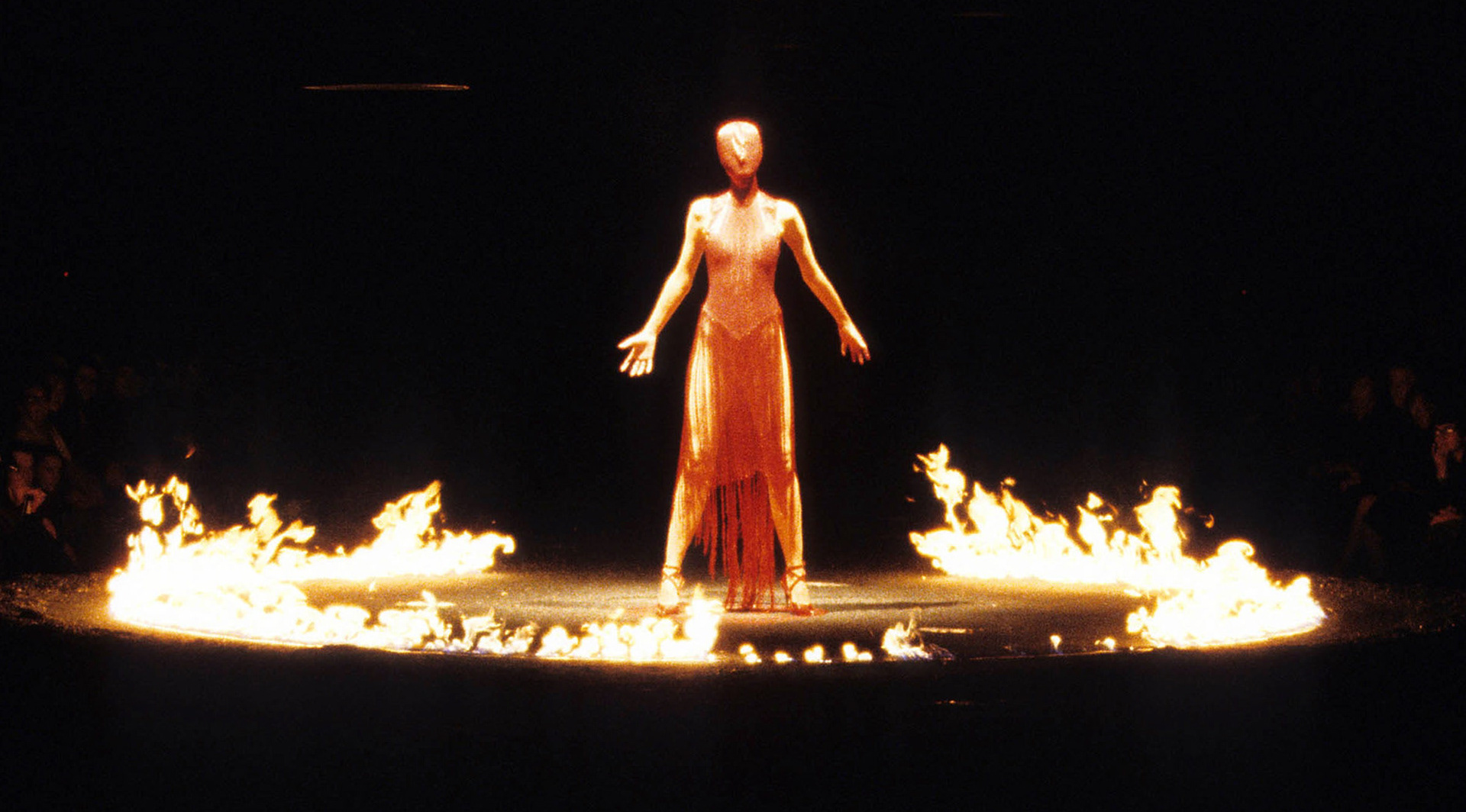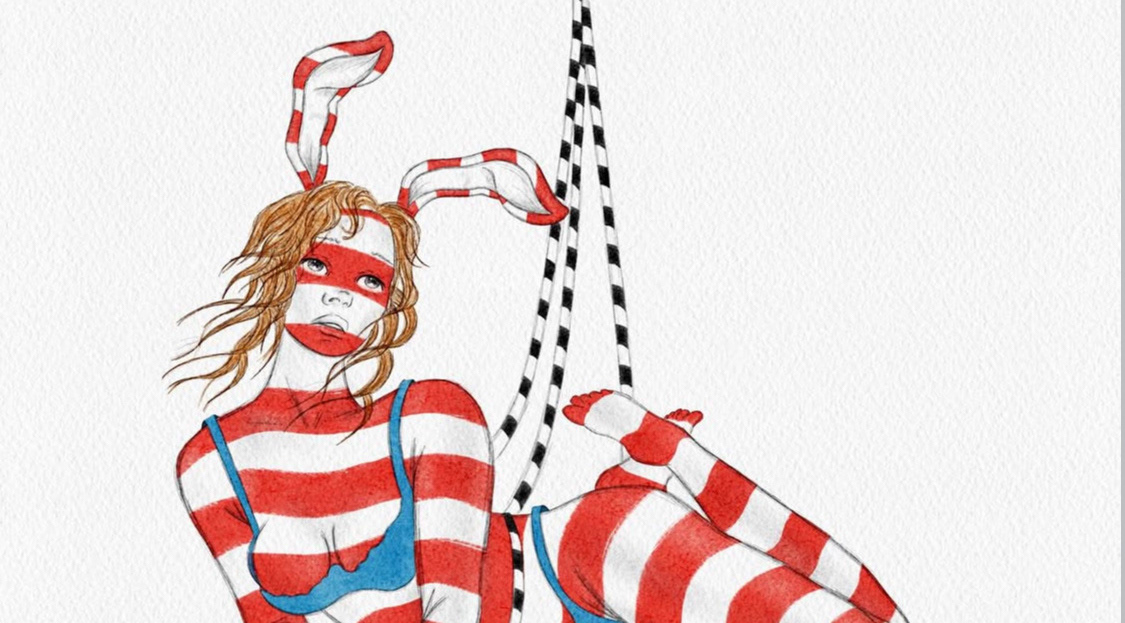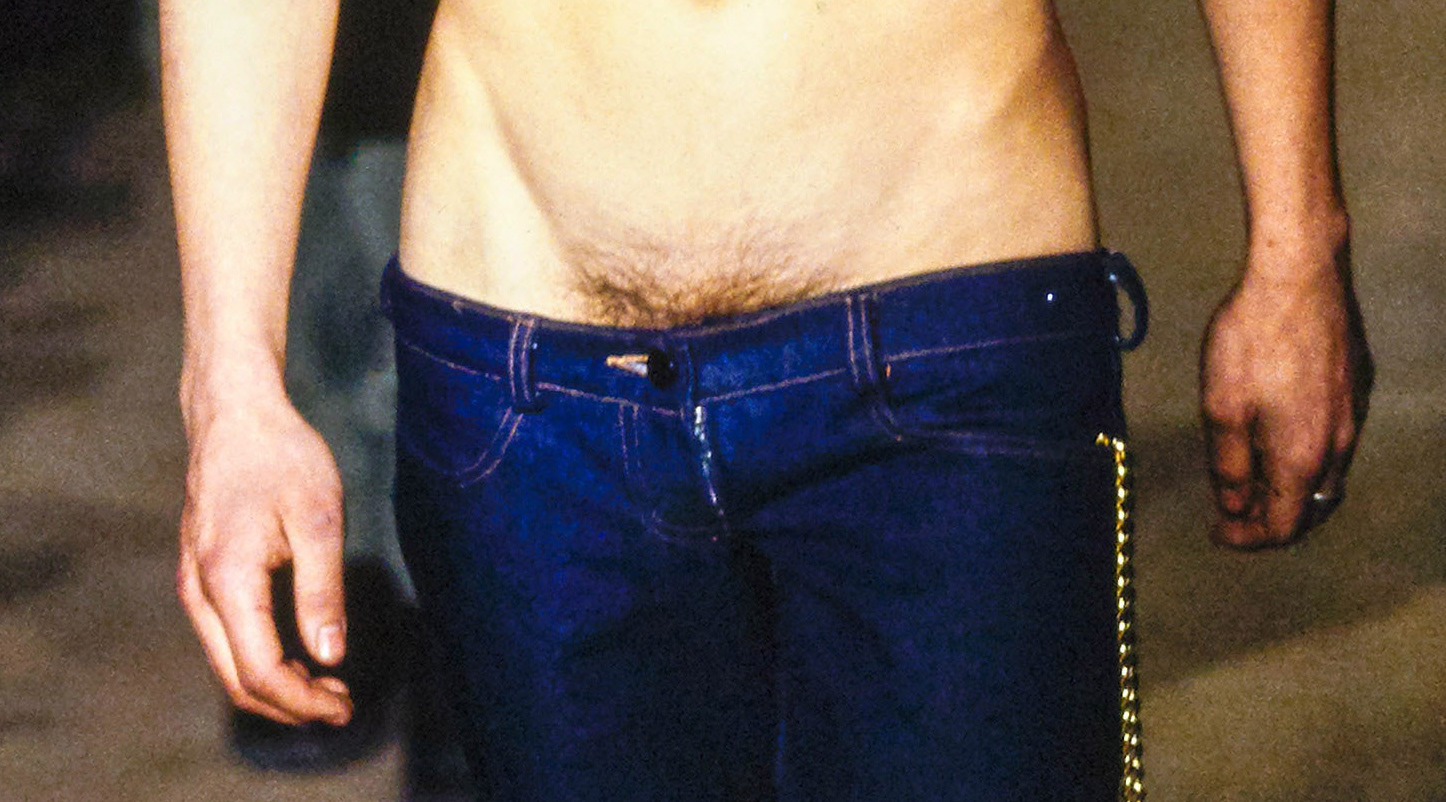Ian Connor with Virgil Abloh in Paris, early 2010s — a moment that captured the crossover between underground streetwear and emerging high fashion. This was more than just a link-up; it was a cultural shift in real time.
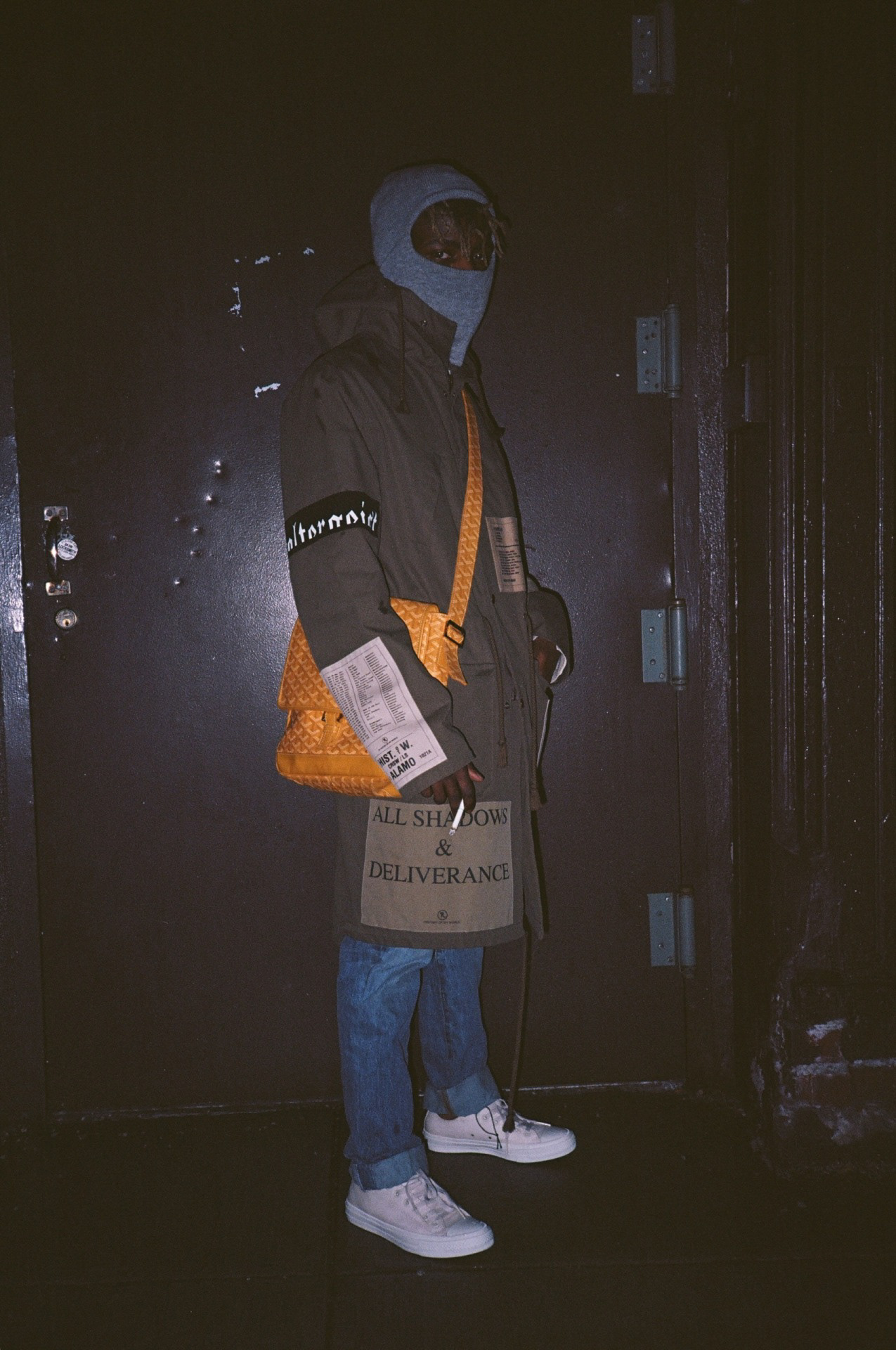

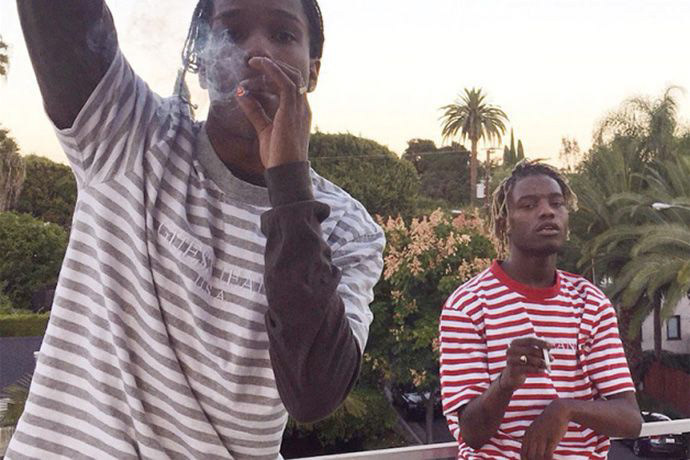
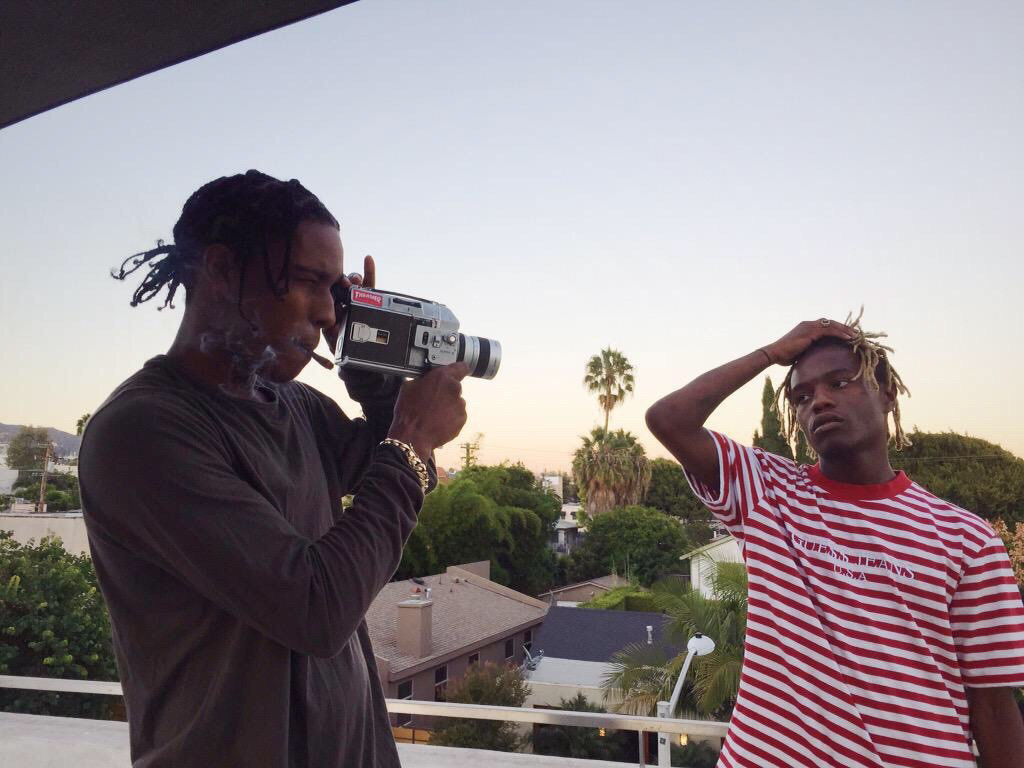
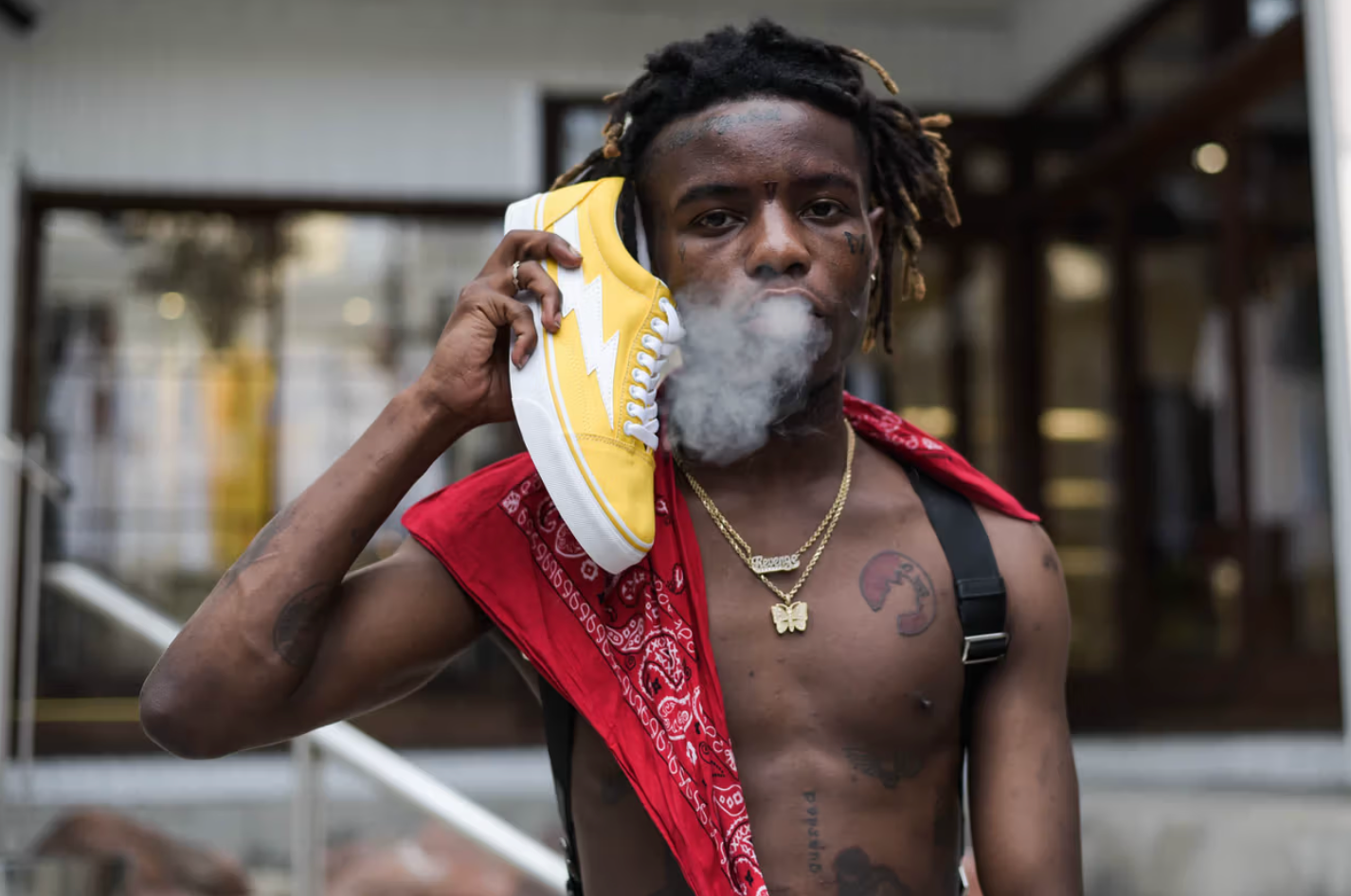
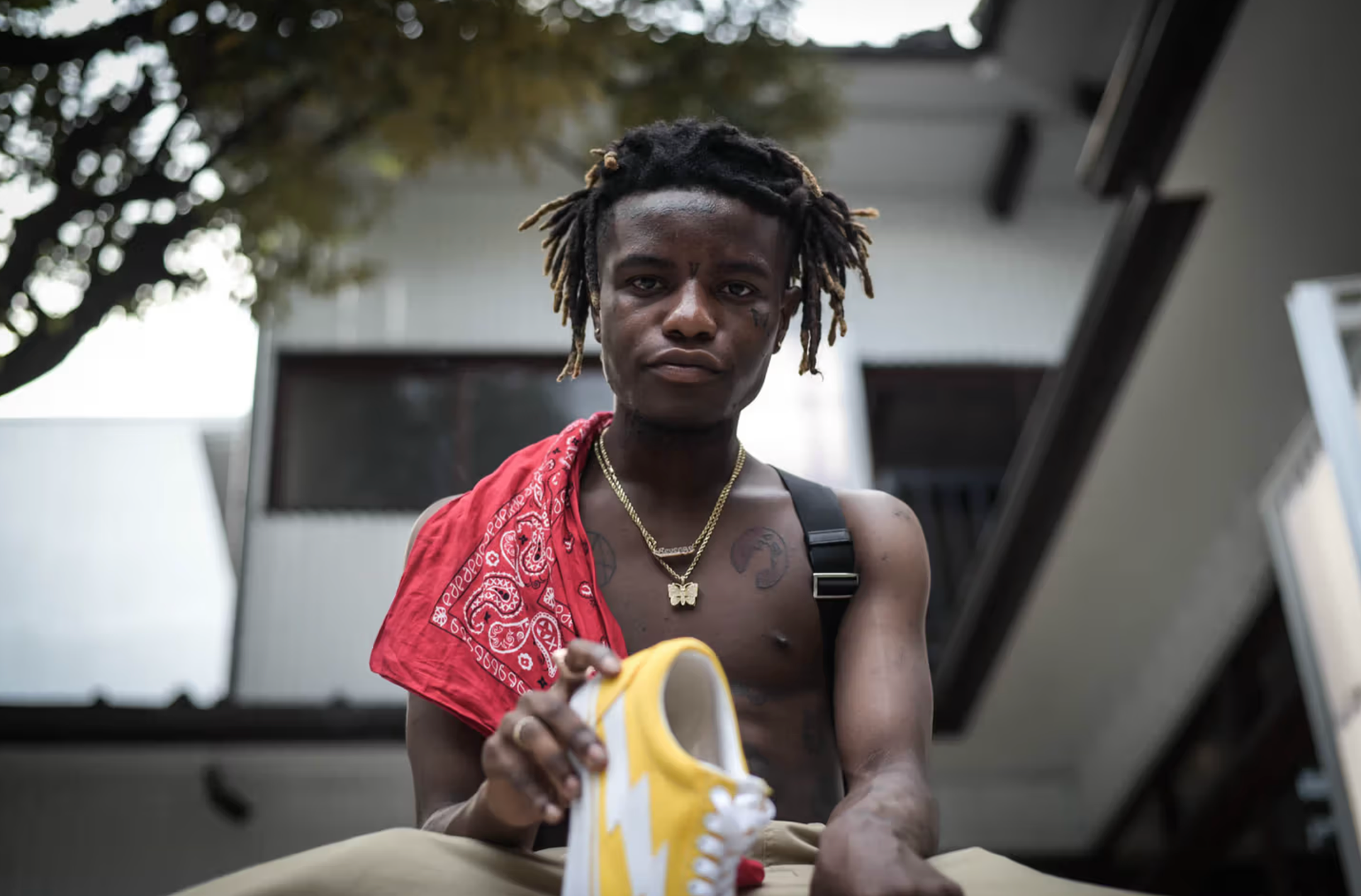
Ian Connor didn’t ask for a seat at the table — he built his own. From Tumblr moodboards to styling some of the biggest names in hip-hop, Connor has carved a lane that merges chaos, creativity, and controversy. This page dives into his cult-like influence on hip-hop culture, fashion, and why, despite the backlash, his style blueprint continues to echo through a new generation of artists.
Ian Connor with Virgil Abloh in Paris, early 2010s — a moment that captured the crossover between underground streetwear and emerging high fashion. This was more than just a link-up; it was a cultural shift in real time.






